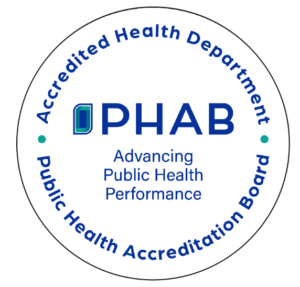Rats, Rodents, & Disease
Rats and other wild rodents, such as chipmunks, squirrels, muskrats, and mice, can all carry diseases that make people sick. Rats, in particular, pose more of an issue due to the locations they choose to inhabit, such as storm sewers and places where garbage is easy to access. They can pass on diseases to people when they are handled or through contact with their feces, urine, saliva, or bites. In Ohio, common bacterial diseases spread by rodents include leptospirosis, plague (Yersinia pestis), rat-bite fever (Streptobacillus moniliformis and Spirillum minus), and tularemia. Other diseases include Hantavirus and a variety of vector-borne diseases that can get passed on from rodents to a new host through tick bites. Visit Ohio Department of Health – Rabbits, Rodents and Pocket Pets to learn more about the diseases listed above and how rodents play a role in spreading those diseases. Worldwide, there are about 35 diseases rats can spread. Given the potential health threat they pose, it is important to keep rats away. For more information on specific diseases spread directly or indirectly by rodents, visit Centers for Disease Control and Prevention (CDC) – Rodents.
How the Health District can help
Lake County General Health District does investigate rat-based complaints throughout the county to help limit rat food sources and living spaces. If you feel there is a rat problem at a location in Lake County, visit our Nuisance Complaint page to fill out the complaint form or call (440) 350-2543.
Helpful Links and Resources
The links below can be used to help identify the types of rats, learn where they tend to live, and how to get rid of them:

